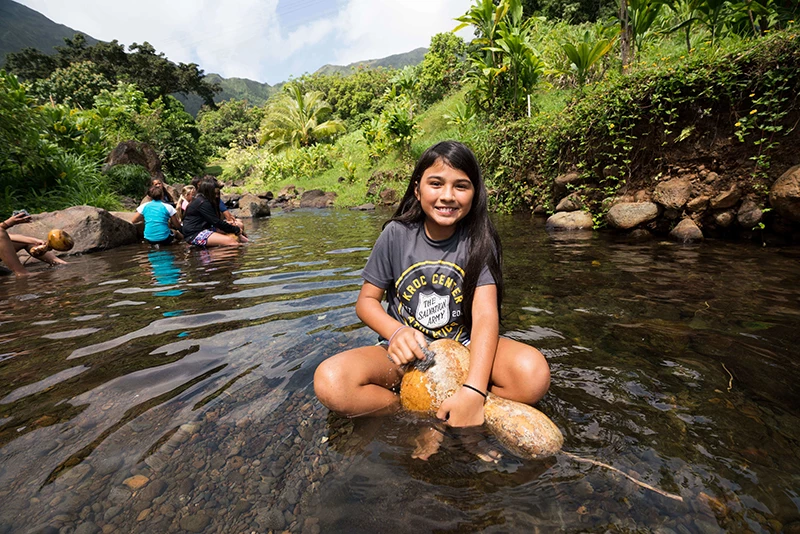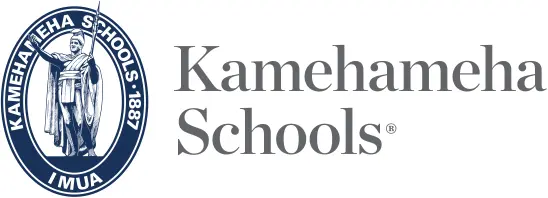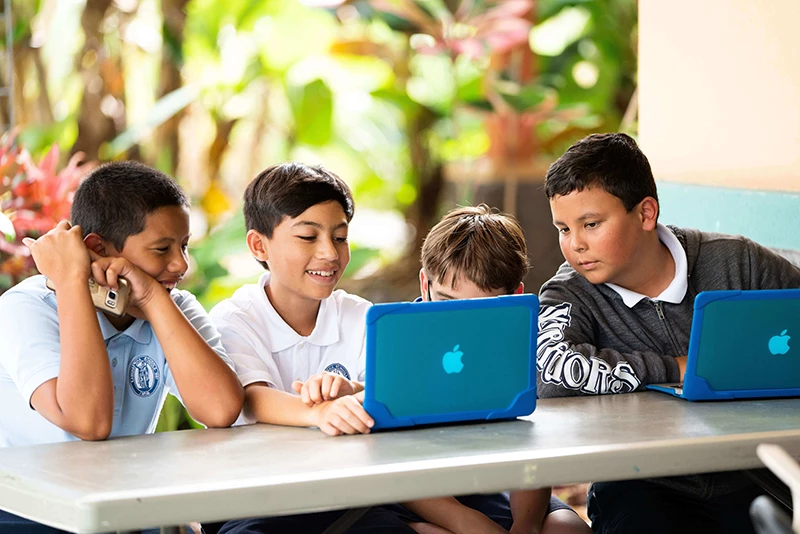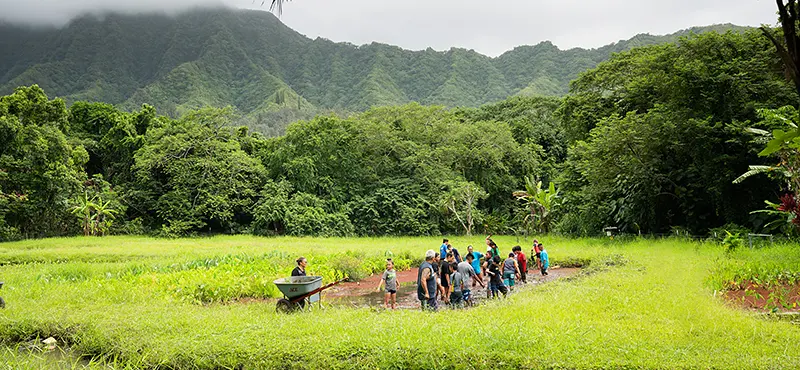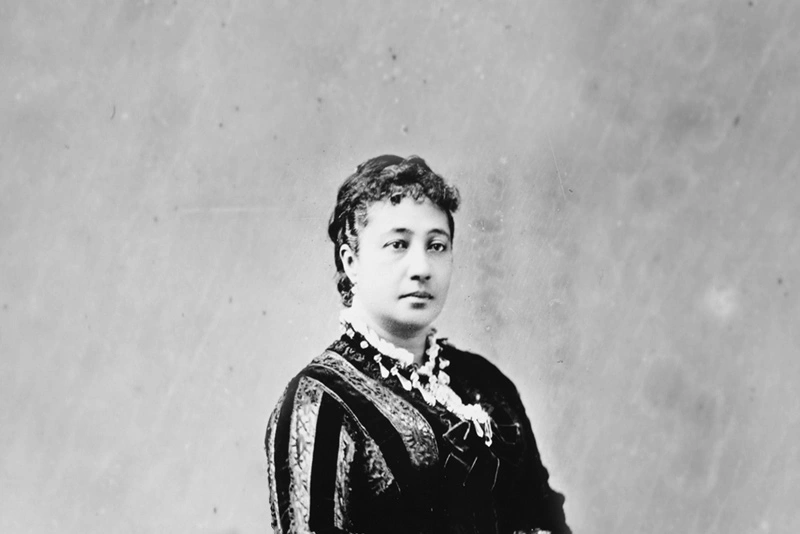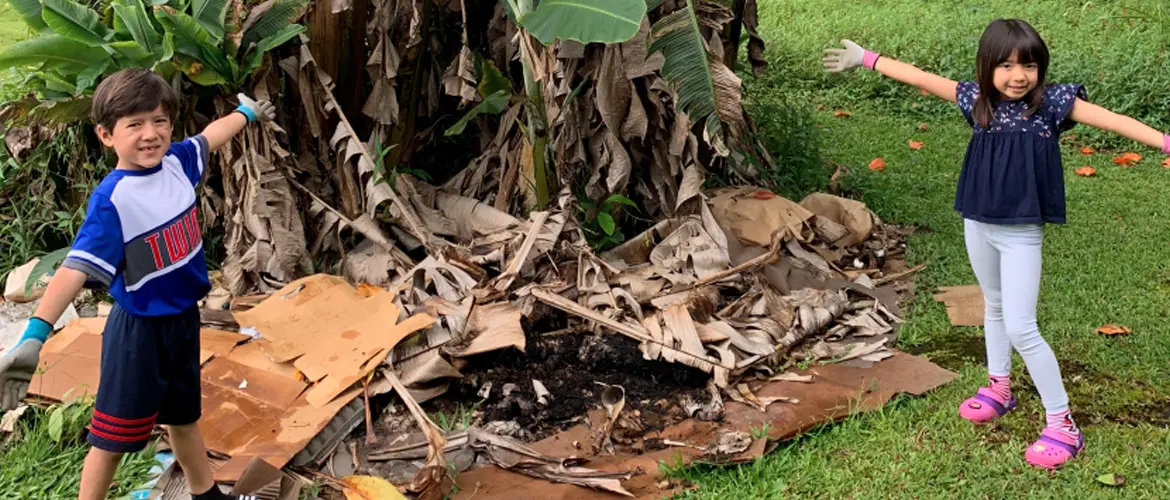At a glance
Waste is a critically important aspect of sustainability. KS has many ongoing efforts to reduce, reuse, and recycle with aspirations to achieve Zero Waste by 2045 (90% diversion rate).
Reduction efforts include sustainable purchasing practices such as reduced printing where feasible. Reuse and recycling efforts include donations of gently used items for the community and reuse of construction materials.
The above graphic illustrates the breakdown of KS' diversion rate (percent of waste diverted from landfill) by waste category. KS' overall diversion rate is twenty-five percent (25%). Green waste and cardboard have the highest diversion rates.
Total waste landfilled and diverted by KS is 1,269 tons and 435 tons respectively.
The graphic shows food waste is the largest category with substantial diversion and opportunities for continued progress.
The current diversion rate for food waste is largely attributed to existing collaborations with local pig farmers.
AA+SWR | UNSDG 12 | GRI 306 | AAEF 1.0
Connecting with computers
To support digital equity in the community, KS collaborated with the Kuauli Digital Opportunities Initiative to supply refurbished computers at no cost to families who have been struggling to connect with vital services during the pandemic.
KS reached out to its partners that serve the Native Hawaiian community to help identify keiki, ‘ohana and kūpuna who need a computer. Over 65 devices have been given out during distribution events on Maui and Moloka‘i. Read more here.
A+SWR, GWE | UNSDG 12 | GRI 201, 203, 306 | AAEF 4.0
Composting with Ma‘ōna
Over five acres of KS land in Hōnaunau operates as the Ma‘ōna Community Garden. In collaboration with the Hawai‘i ‘Ulu Cooperative, Ma‘ōna is in its fourth year of a regional composting program. Between 2016 and 2019, Ma‘ōna has composted over 100,000 pounds of processing by-product from the Hawai‘i ‘Ulu Cooperative.
Several KS schools in the region have visited the Ma‘ōna Community Garden to integrate a hands-on experience into the composting and food waste curriculum. Tour the Ma‘ōna Community Garden here.
A+SWR, GWE | UNSDG 2, 12 | GRI 306 | AAEF 4.0, 5.0
Construction waste
In 2018, KS and Belt Collins completed the demolition of the Keahou Beach Hotel to turn it into the Kahalu‘u Ma Kai educational center.
Over ninety-percent (90%) of all construction material generated from the building and site demolition work was recycled or salvaged and reused. The new center will focus on Native Hawaiian ‘āina-based programs and arts education for keiki and kūpuna. Watch a feature presentation on the Waste is a Resource site to learn more about this and other waste management initiatives.
A+SWR | UNSDG 12 | GRI 201, 203, 306 | AAEF 1.0
Cafeteria waste
KS Kapālama fourth graders teamed up with campus food provider FLIK to decrease waste and inspire similar vigilance and adoption across the elementary school campus.
The pilot replaced lunch containers with reusable ones, which not only reduced waste, but also decreased the volume of food waste and overall costs. Other campuses and KS sites continue to conduct waste audits and initiate waste reduction activities. Read more here.
A+SWR | UNSDG 12 | GRI 306 | AAEF 1.0
Donation Station
KS has teamed up with community collaborator Hawaiian Hope, a computer refurbishing non-profit, to open a donation station to receive gently used supplies and furniture from KS offices and classrooms.
KS’ Zero Waste program is aimed at lowering the volume of waste produced by KS through eco-friendly initiatives. The goal of the KS Donation Station is to encourage reuse and redistribution of office items for educational purposes.
A+SWR | UNSDG 12 | GRI 201, 203, 306, 413 | AAEF 1.0, 4.0


